
This mural at a private home in Lermoos (Tyrol) is showing the probably most famous portrait of the singer Walther von der Vogelweide.
You only see what you know (Goethe)

This mural at a private home in Lermoos (Tyrol) is showing the probably most famous portrait of the singer Walther von der Vogelweide.
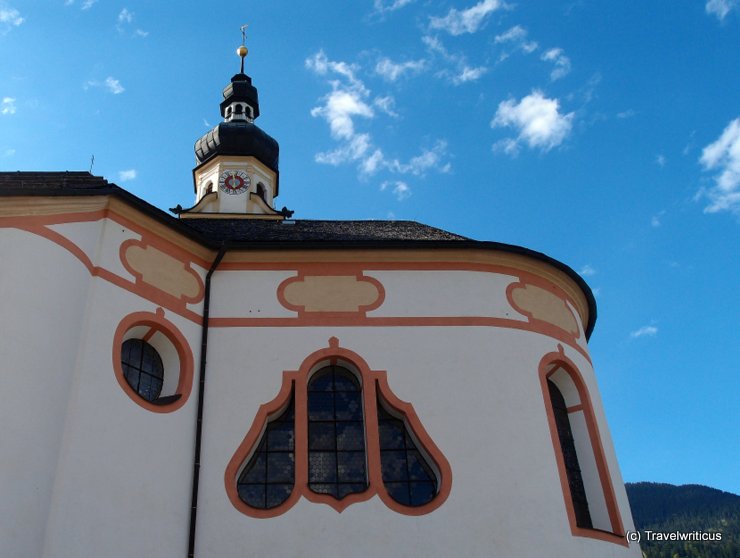
The parish church Hl. Katharina (St. Catherine) is a baroque church dating back to 18th century. Inside there are works by Martin Falbesoner from Nassereith and Giuseppe Gru from Verona. I was especially impressed by the shape of this window which reminded me of a bee.
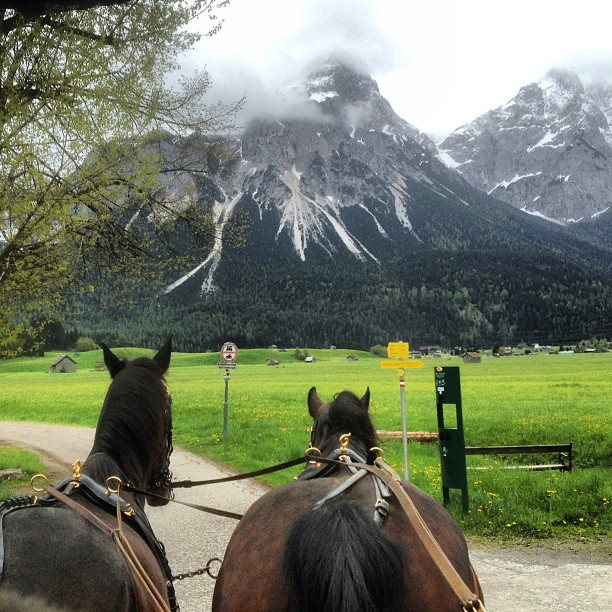
The coach tour started on a rainy afternoon. Sitting on a coach on a cold day doesn’t sound that cozy but on the other hand they offered an intriguing add-on: There would be a wine tasting. Ok, that sounds heart-warming, doesn’t it?
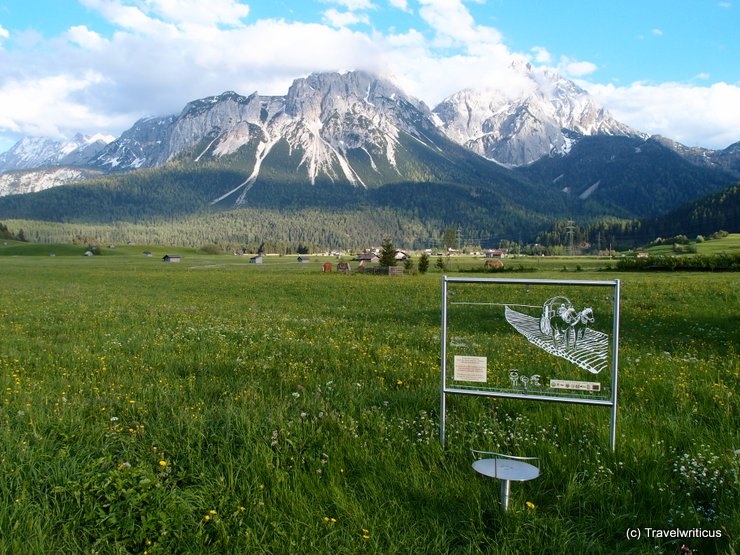
Lermoos is a municipality in the Austrian state of Tyrol. You find it at the northern border of Tyrol. The photo above shows a view of the mountains nearby taken from the outskirts of Lermoos. The odd sign in the foreground refers to a former ancient Roman boardwalk across the swamp.
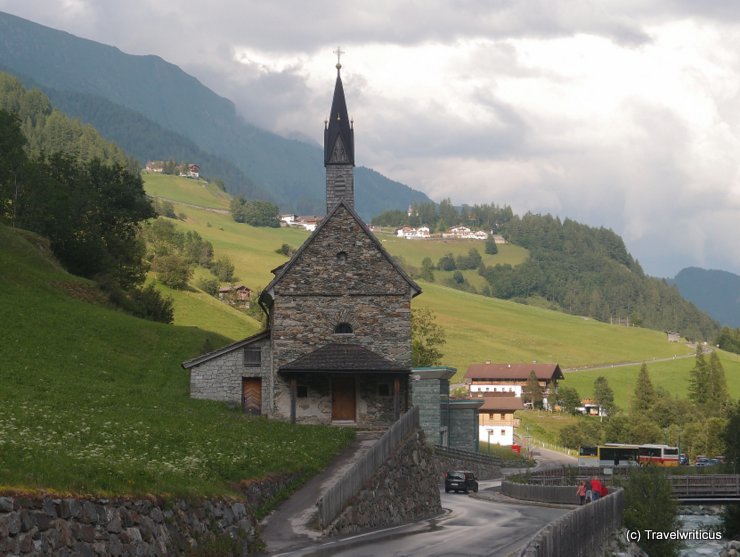
This chapel stands in Hinterbichl, a subdivision in the municipality of Prägraten am Großvenediger. The chapel dates back to 1710. For fans of sundials, it offers an elaborate piece.

An impressive place in Prägraten am Großvenediger is this mill called Islitzer Mühle. The mill driven by the power of the Islitzbach is still operating and open for public.
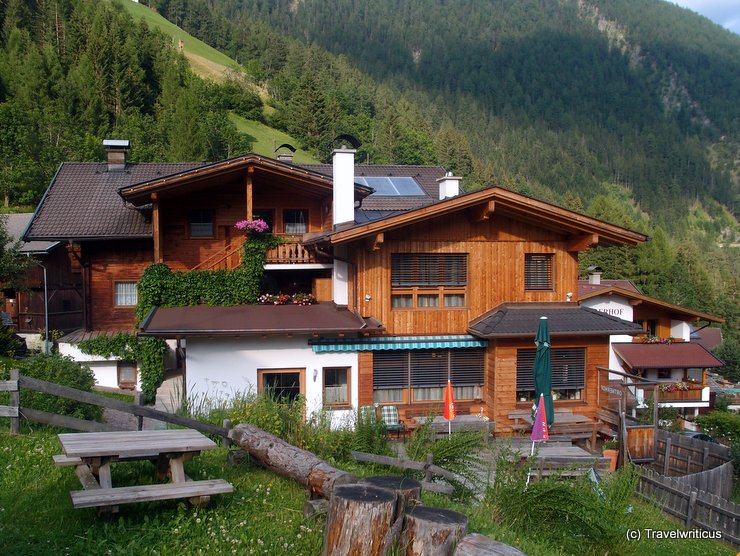
Today, I’m a guest of Hotel Ortnerhof in Prägraten am Großvenediger. I look forward to learning about Western-style riding and walking along the beautiful Virgen Valley (Virgental).

It is a fascinating place to spend your wait at the railway station of Innsbruck: The info point about the Brenner Base Tunnel.

The 8th day of my InterRail trip ended in Innsbruck. The idea to travel from the Baltic Sea to the Alps was implemented. By the way the two artworks at the railway station were created by Max Weiler.
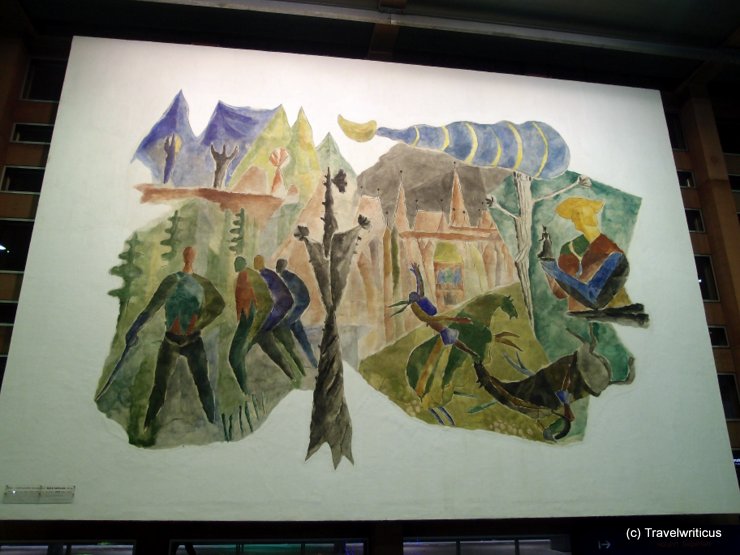
At Innsbruck central station (Innsbruck Hauptbahnhof), I had a look at this public art by Max Weiler. The depicted man at the right edge of the painting represents an important person in the history of Innsbruck. It is Emperor Maximilian I.

While visiting Schloss Ambras (Ambras Castle) in Innsbruck, I came across this peacock. The beautiful bird walked confidently into the ticket shop of the castle. I wonder what he did there? Any ideas?

While walking on the grounds of Ambras Castle (Schloss Ambras), I came across this Mandarin Duck. I love these animals for their colours and elegance.